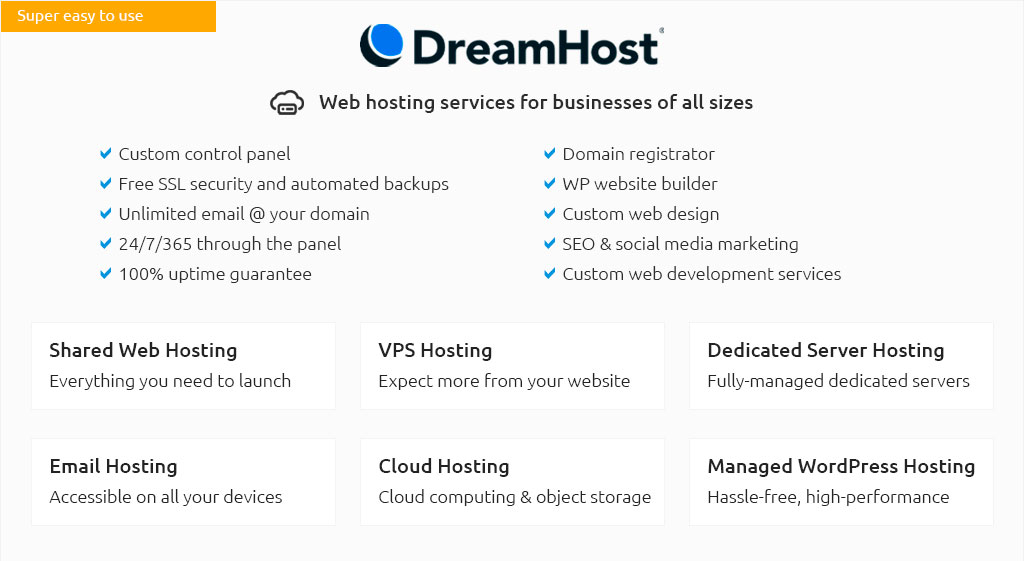 |
|||
 |
 |
 |
|
 |
|
 |
 |
 |
|||
 |
|||
 |
|||
 |
|||
 |
|||
 |
|||
 |
 |
Dedicated Server Hosting Price Comparison: Navigating the LandscapeIn the ever-evolving realm of digital infrastructure, the topic of dedicated server hosting invariably surfaces as a focal point for businesses and individuals seeking robust solutions for their online ventures. This comprehensive guide aims to demystify the complex landscape of dedicated server hosting, providing a nuanced price comparison that is both informative and practical. With the multitude of options available, understanding the intricacies of pricing models is paramount. To begin with, let's delve into what dedicated server hosting entails. Unlike shared hosting environments, where resources are distributed among multiple users, dedicated hosting offers exclusive use of an entire server. This translates to enhanced performance, superior security, and greater control over server configurations. Naturally, these benefits come at a cost, prompting the need for a meticulous comparison of pricing structures across various providers. When embarking on a dedicated server hosting price comparison, several factors must be taken into account. First and foremost, hardware specifications play a critical role. The CPU, RAM, storage type, and bandwidth offered by different providers can significantly influence pricing. For instance, a server equipped with the latest multi-core processors and SSD storage will invariably command a higher price than one with modest specifications. Additionally, the level of managed services provided is a crucial determinant of cost. Some providers offer fully managed solutions, encompassing software updates, security patches, and technical support, while others may provide a basic unmanaged service where the client assumes full responsibility for server management. Naturally, the former option tends to be more expensive, yet it offers peace of mind to those lacking the technical expertise to handle server maintenance. Geographical location also impacts pricing. Servers housed in data centers located in major metropolitan areas or regions with high demand for hosting services often incur higher costs due to increased operational expenses. Conversely, opting for a server in a less competitive market can yield cost savings, albeit potentially at the expense of latency and connectivity speed. Another vital consideration is the duration of the hosting contract. Many providers offer tiered pricing models based on the length of the commitment, with significant discounts available for long-term agreements. While a month-to-month plan offers flexibility, committing to a one-year or multi-year contract can result in substantial savings, making it a worthwhile option for those with long-term hosting needs. To aid in navigating this intricate landscape, we present a succinct comparison of popular dedicated server hosting providers and their pricing structures:
In conclusion, while the task of comparing dedicated server hosting prices can seem daunting, understanding the factors influencing costs is crucial for making an informed decision. By evaluating hardware specifications, service levels, geographical location, and contract duration, prospective clients can identify the best provider to meet their unique requirements. Ultimately, the goal is to strike a balance between performance, reliability, and cost, ensuring that the chosen solution aligns with both current needs and future aspirations. https://www.websitebuilderexpert.com/web-hosting/dedicated-server-hosting/
At the top of our list is Bluehost. It's the best all-around hosting provider and the best choice for dedicated hosting its overall score of ... https://www.reddit.com/r/satisfactory/comments/1brdy08/cheapest_cloud_provider_to_run_a_dedicated_server/
I set up a dedicated server using Linode. However, the resources needed to run the dedicated server would end up costing ~$50 per month if run continuously. https://www.hostingadvice.com/best/dedicated-hosting/
I touched on this earlier, but dedicated server pricing can range anywhere from $75 to thousands of dollars per month. Where your project should ...
|